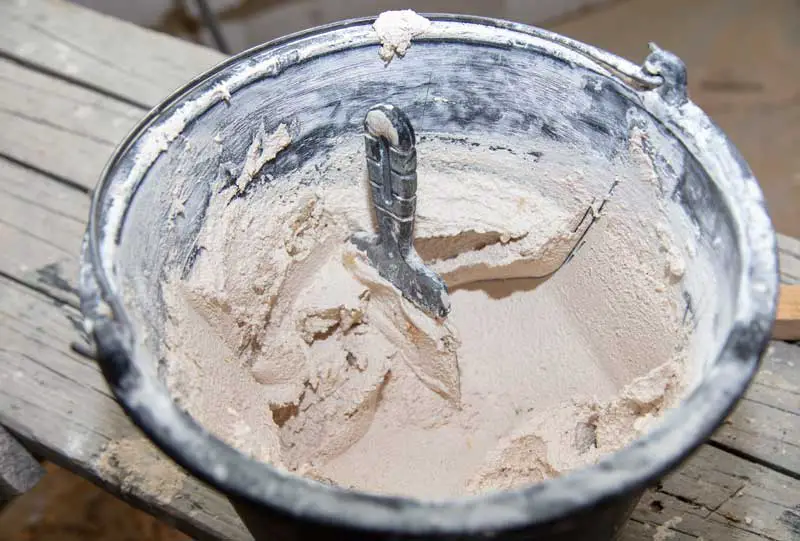Mortar is a crucial component in the construction industry, used for binding bricks, stones, and other materials together. It is a mixture of cement, sand, and water, with the addition of lime in some cases. Lime has been used in mortar for centuries, and it is known for its ability to improve the workability, durability, and strength of the mixture. However, the question remains: does lime make mortar waterproof?
The short answer is no, lime does not make mortar waterproof. While lime can improve the overall quality of the mortar, it does not provide any significant waterproofing properties. In fact, adding too much lime to the mixture can actually reduce the strength and durability of the mortar, making it more susceptible to water damage.
So, if lime does not make mortar waterproof, what can be done to ensure that the mortar is resistant to water? The answer lies in the use of additives and sealants. There are a variety of additives that can be added to the mortar mixture to improve its water resistance, such as latex, acrylic, and silicone. These additives work by creating a barrier that prevents water from penetrating the surface of the mortar.
In addition to additives, sealants can also be used to make mortar waterproof. Sealants are applied to the surface of the mortar after it has dried, creating a protective layer that repels water. There are a variety of sealants available on the market, including silicone, polyurethane, and acrylic.
It is important to note that while additives and sealants can improve the water resistance of mortar, they are not foolproof. Proper installation and maintenance are also crucial in ensuring that the mortar remains waterproof. This includes ensuring that the mortar is applied correctly, that the surface is properly prepared, and that any cracks or gaps are filled in.
In conclusion, while lime is a valuable component in mortar, it does not make the mixture waterproof. To ensure that mortar is resistant to water, additives and sealants should be used in conjunction with proper installation and maintenance techniques. By taking these steps, builders can ensure that their structures are protected from water damage and remain strong and durable for years to come.

